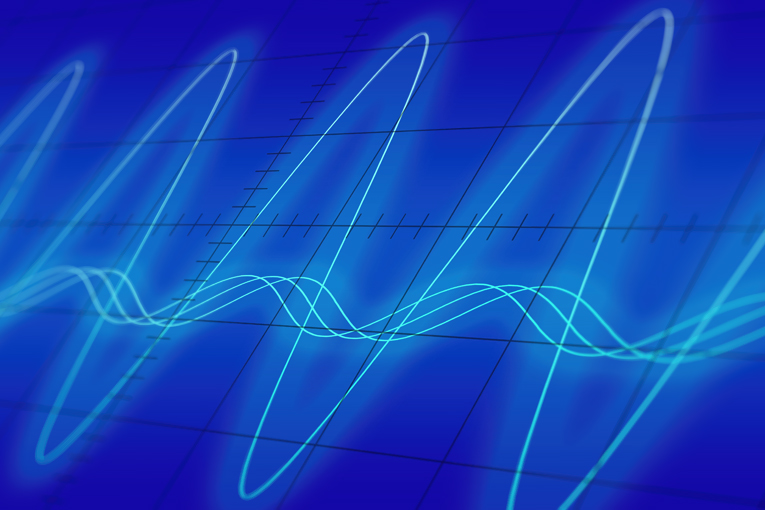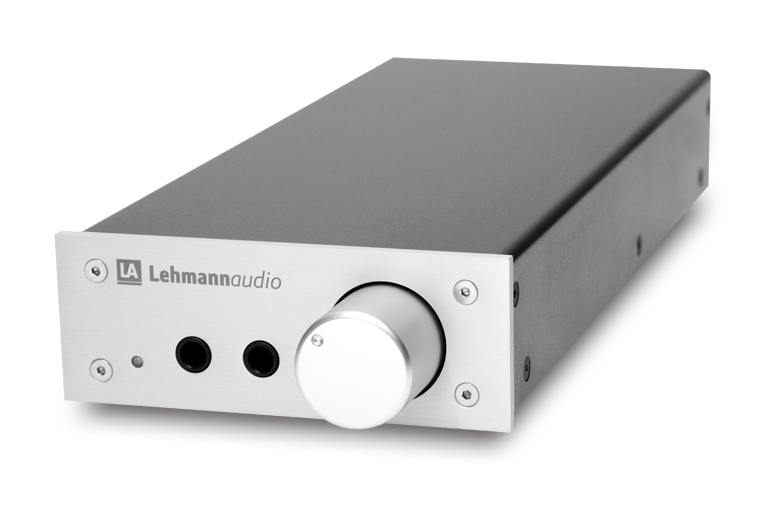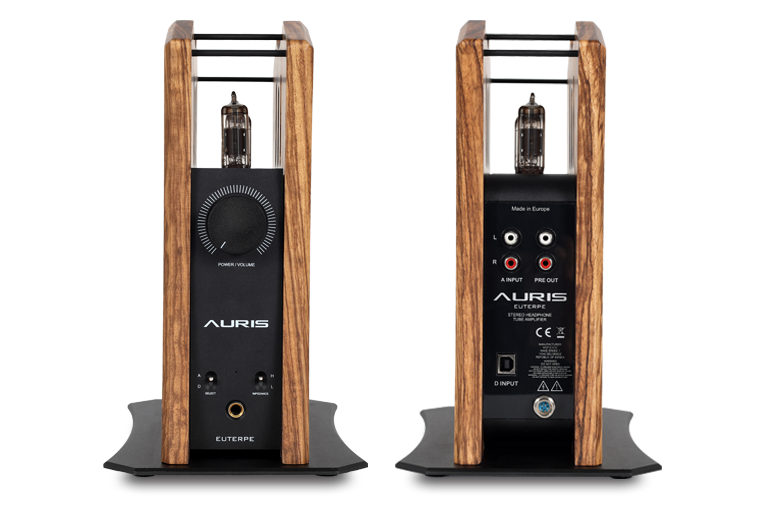Over the last year or so, I’ve had a chance to do something I don’t think any reviewer has done before: listen to and measure a whole bunch of headphone amps. I went into this process with a lot of curiosity and few preconceptions. I knew that from a theoretical standpoint, headphone amps can make a bigger difference in what you hear than speaker amps do. I wasn’t sure, though, how big that difference would be, or how much I’d care about it. But after a year of listening and technical explorations, I’ve come to some interesting conclusions.
Headphone amps are different from speaker amps in a few ways, but the most fascinating to me is that their output impedance is not standardized. Output impedance is the amount of resistance built into the output of an amplifier -- more or less as if a resistor were connected in series with the output (which is sometimes the case with headphone amps). Solid-state speaker amps almost always have an output impedance of 0.5 ohm or less; this small amount of impedance has little effect on the sound with typical speakers ranging from 4- to 8-ohms impedance. But solid-state headphone amps may have an output impedance of less than 1 ohm, or as much as 120 ohms -- which really gets interesting when you consider that headphones run anywhere from about 8- to 700-ohms impedance.

In fact, 120 ohms was once considered the standard output impedance for headphone amps. I’ve heard a few reasons for this. First is that headphones are often connected and disconnected while the amp is running, which can create a short circuit that could damage the amp. With a high output impedance, there’s always a load on the amp so you can’t short it out. (Today’s high-quality amps typically have protection circuits built in, so they don’t need a resistor to prevent shorts.)
Second is that headphone amps used to be expensive, so multiple headphones were often plugged into the same amp. I remember R&B star Ray Parker Jr. commenting in a Guitar Player magazine interview that when he recorded in Motown Records’ original Detroit studio, every musician used headphones, all plugged into a single console in the middle of the studio and wired back into an amp in the control room. With a high output impedance, there’s less difference in volume among different headphones, or when more headphones are plugged in.
Third is that decades ago, most headphone listening was done by plugging them into a stereo receiver -- but the receivers didn’t have separate headphone amps; they simply connected resistors between the amp and a headphone jack in order to lower the power to headphone-safe levels. So the most common thing to which you’d connect headphones in the 1960s and 1970s had pretty high output impedance.
Fourth is that many headphones of the mid-20th century had high input impedances of 300 to 600 ohms. Because these use very thin coil wire, there’s less moving mass and the headphone can be easier to drive if the amp provides enough voltage. With these headphones, a high amplifier output impedance didn’t matter so much.
The effect of this wide range of impedances in headphone amps is that the frequency response of your headphones or earphones (particularly over-ear models with dynamic drivers and earphones with balanced armatures) can change by several decibels if you switch from a low-output-impedance amp to one with high output impedance, or vice-versa. You can see this effect in my measurements, where I compare the response of each pair of headphones under test with a 5-ohm source and a 75-ohm source. Sometimes it’s a pretty big difference.

In my testing, I’ve found that headphone amps with fairly low output impedances (below 5 ohms or so), such as the Lehmannaudio Linear USB II, sound extremely similar, provided they have enough power to drive the headphones I’m using (and they almost always do). But headphone amps with high output impedances, such as the Auris Audio Euterpe, tend to sound different, probably because the higher output impedance is altering the headphones’ frequency response. I have to assume that almost all headphones are designed with solid-state amps with relatively low output impedances, so if you buy an amp like the Linear USB II, you’re almost surely getting the sound that the headphones’ designer intended. If you use a tube amp with high output impedance, there’s a good chance you’re getting a sound that’s different from what the headphones’ designer intended.

It’s for this reason that I always recommend serious music listeners buy amps with low output impedance. Assuming you buy well-tuned headphones, this will deliver the most realistic and accurate tonal balance.
However, with the tube amp, you’re getting something that looks cool, and may feel more satisfying to buy and own than a solid-state amp in a plain rectangular box. From the standpoint of appreciating the music to its fullest, I consider it folly for listeners to buy gear with the intent of altering the sound; to me, that’s like putting sugar in a glass of pinot grigio because, in your opinion, it’s too tart. But as a consumer, I fully understand the desire to own something cool rather than something that’s merely functional -- even if the less-sexy product actually delivers more accurate sound.
. . . Brent Butterworth





